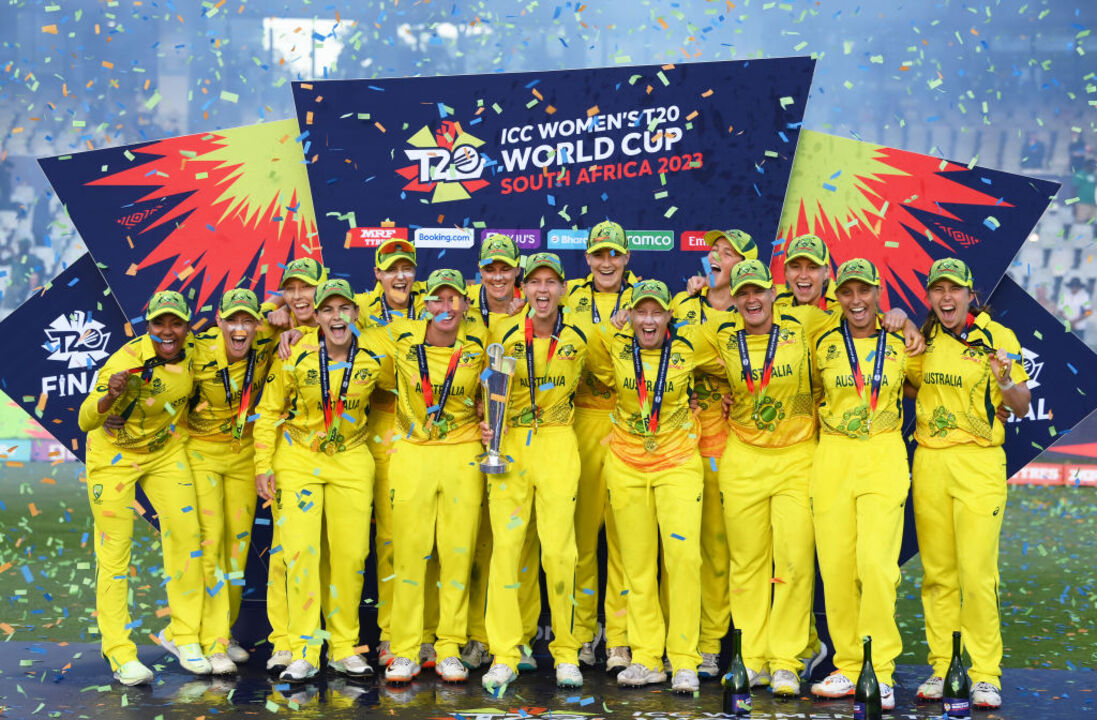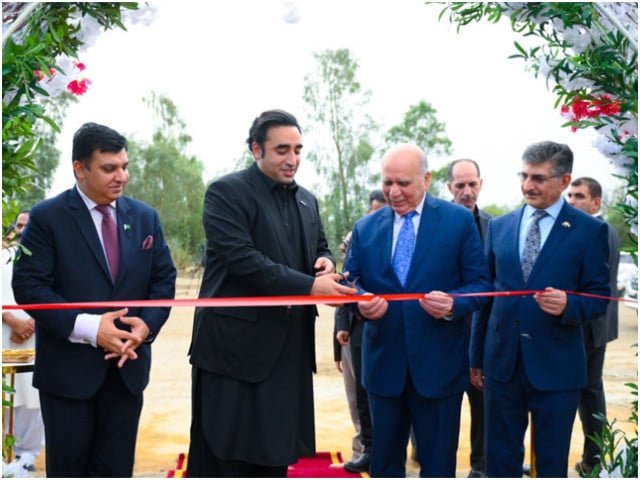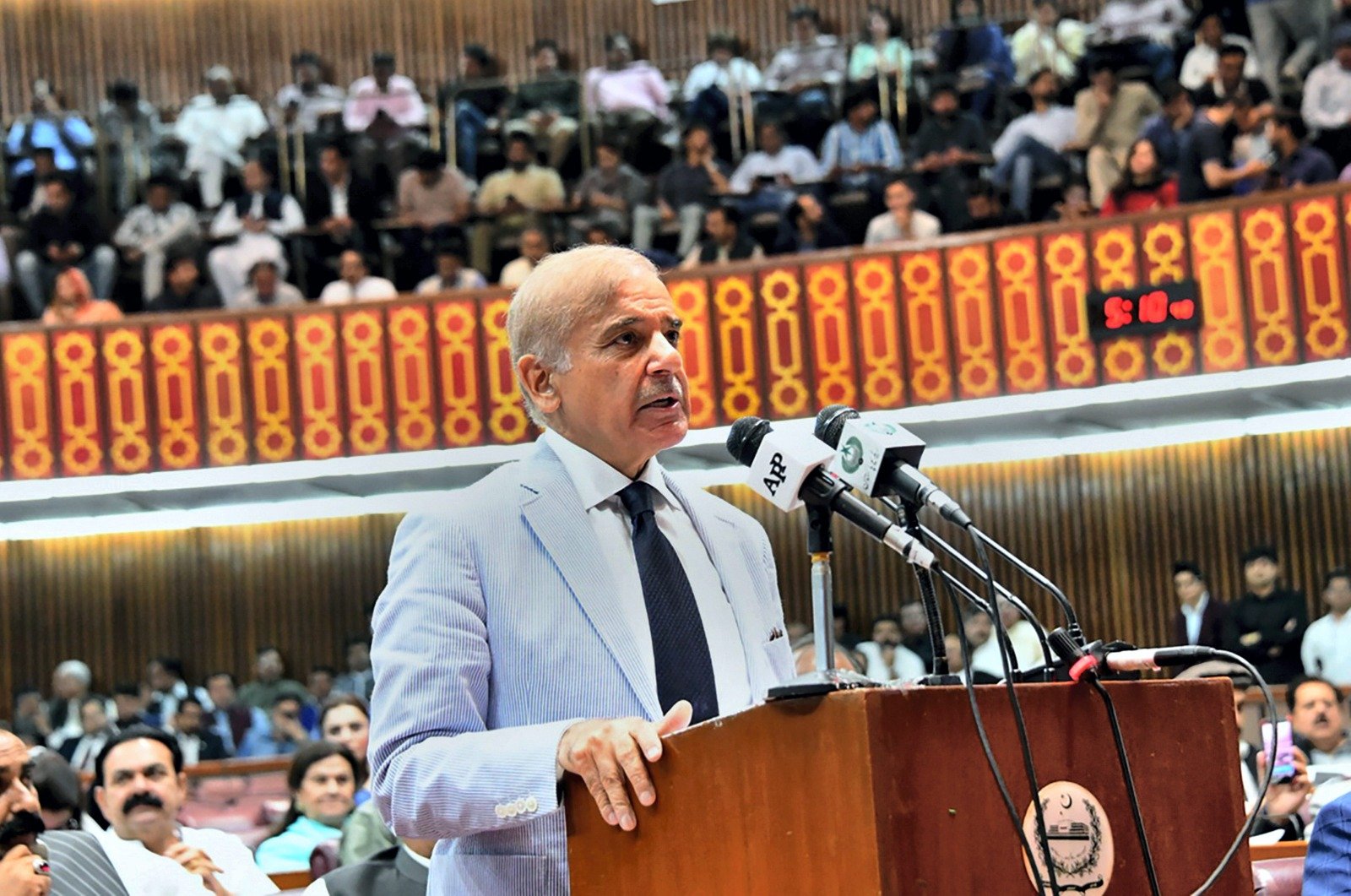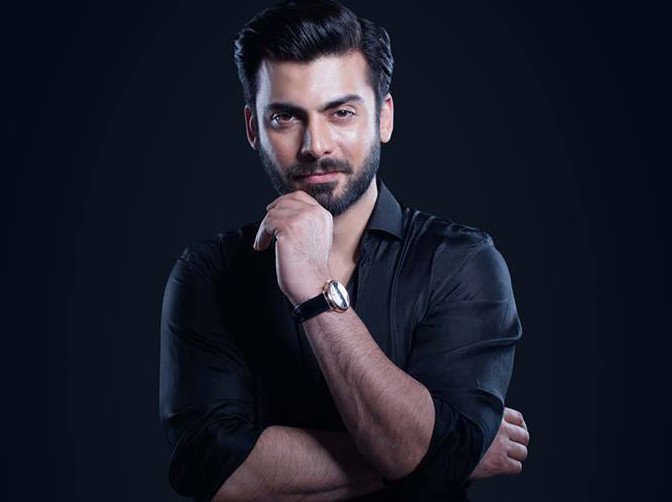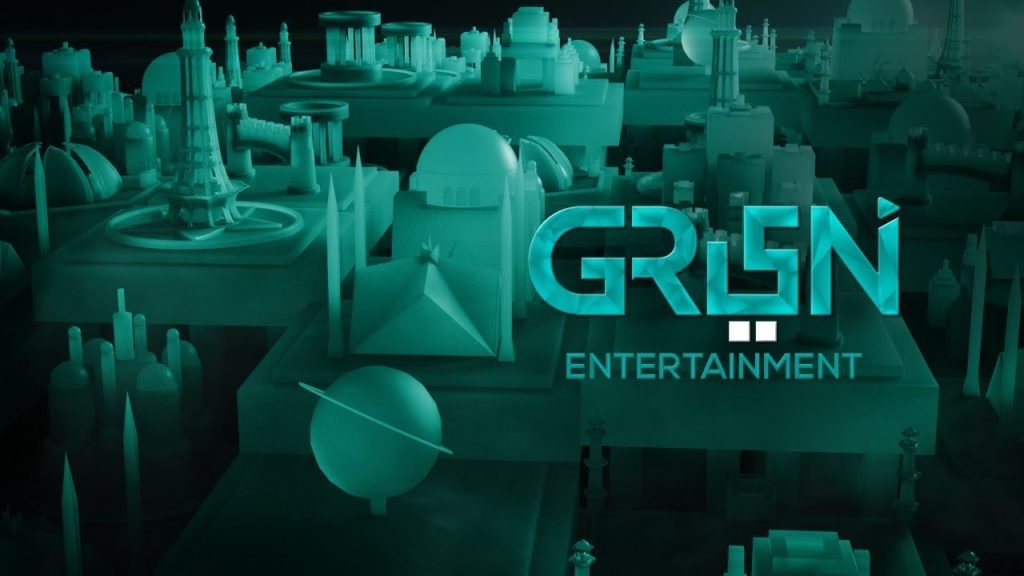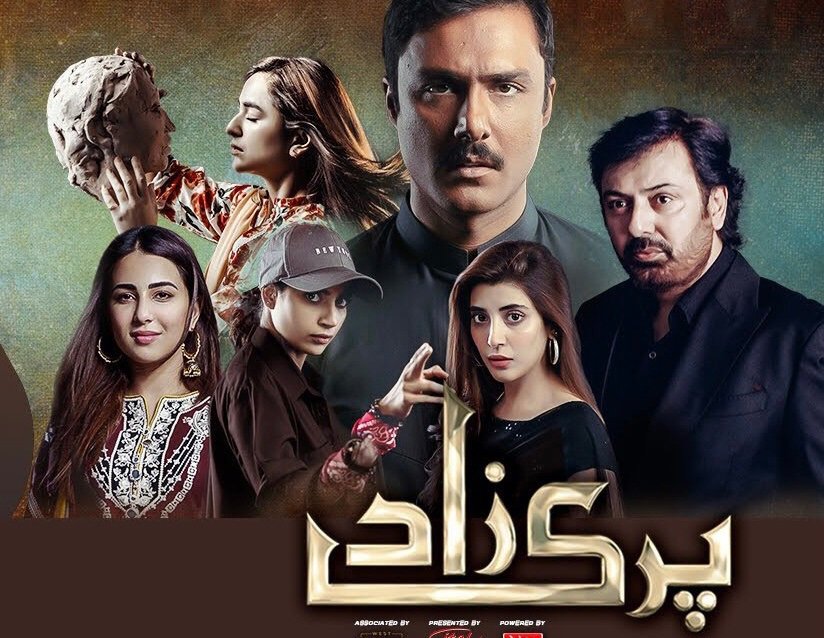Discovering Pakistan: Unveiling the Hidden Cultural Gems
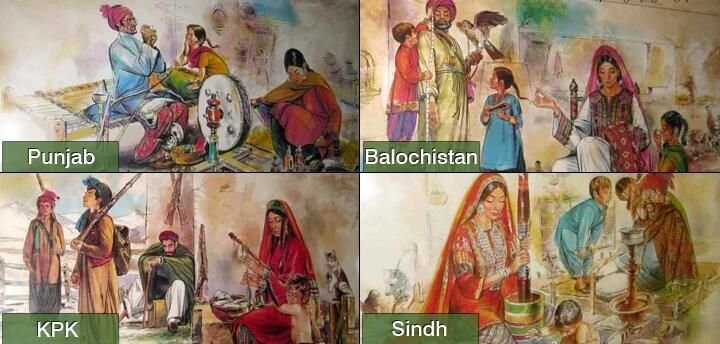
Pakistan’s Cultural Reality vs. International Image
Pakistan stands out as a country where its cultural reality starkly contrasts with its international image. Pakistani individuals frequently find themselves in the predicament of clarifying the true essence of their culture due to years of exaggerated portrayal and biased narratives in the news media. Beneath the surface of democratic and economic challenges, a thriving Pakistani civil society persists against formidable obstacles, determined to preserve what is truly valuable: the nation’s rich and vibrant culture.

 Diverse Ethnic Groups and Historical Background
Diverse Ethnic Groups and Historical Background
Pakistan has a very diverse culture. This is because of its rich history, different geographical areas, and many ethnic groups. The culture in Pakistan is like a mix of Indian, Persian, Afghan, Central Asian, South Asian, and Western Asian influences. There are more than 15 major ethnic groups in Pakistan, and they have differences in how they look, their ancestors, traditions, clothing, food, and music. Some of these groups are Punjabis, Sindhis, Baloch, Pashtuns, Kashmiris, Hazaras, Makranis, and Baltis. They come from different places, like the Indus Valley, Africa, or Tibet. Besides the ethnic parts, the religion of Islam also has a big influence on Pakistani culture. It has been shaping the way people live in Pakistan since it arrived in the region in the year 700 AD.
 The Rich Tapestry of Languages
The Rich Tapestry of Languages
In Pakistan, people speak many different languages. The official count of actively spoken languages in the country is between 73 and 76. This means that as you travel across different regions in Pakistan, you will come across languages that are not spoken by other groups in different areas. The most commonly spoken languages belong to the largest ethnic groups and have their own rich history of literature, both modern and ancient. Most of the languages in Pakistan belong to the Indo-Iranian language group, and one of the widely spoken languages is Urdu, which is also the national language.
 The Musical Treasures of Pakistan
The Musical Treasures of Pakistan
Music holds a special place in the hearts of Pakistanis. The country’s diverse culture has exposed its musicians to various forms of poetry, styles, languages, and literature. Two treasured musical genres in Pakistan are Qawwali and Ghazal. The popularity of Pakistani TV shows like Coke Studio has reached millions of fans worldwide, including non-Pakistanis and those who don’t speak Urdu. The nation has also produced legendary singers like Nusrat Fateh Ali Khan and poets like Faiz Ahmed Faiz, who have greatly influenced the culture and the collective feelings of the people. Contemporary musicians continue to explore modern styles and create fusions, blending blues, funk, rock, and jazz with Urdu lyrics.
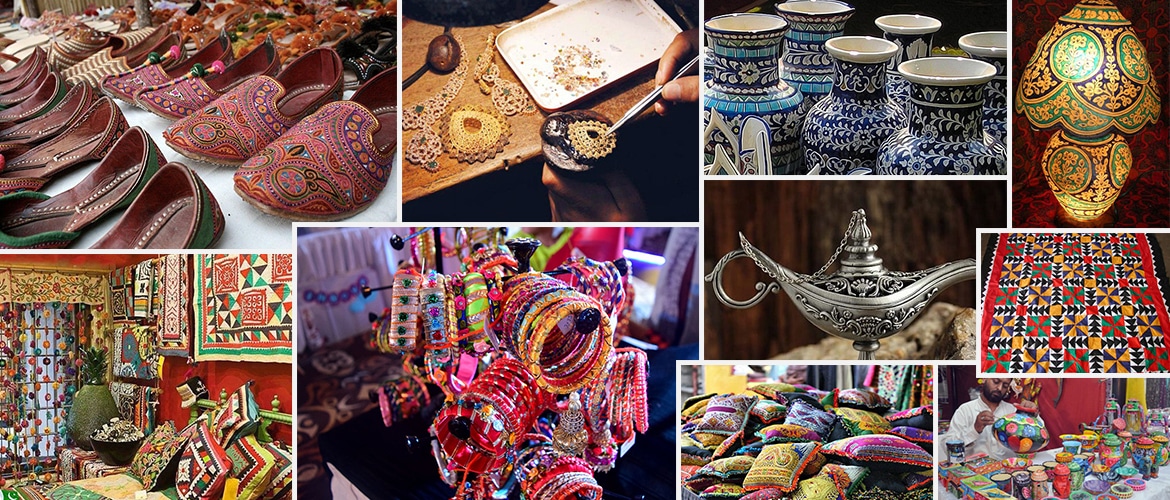 Craftsmanship and Artistic Heritage
Craftsmanship and Artistic Heritage
Pakistani culture is known for its exceptional craftsmanship, and it’s not just limited to truck art. Passed down from one generation to another, Pakistani artisans showcase a wide range of styles, materials, and aesthetics in their craftwork. One prominent skill is Arabic calligraphy, which can be seen in local buildings, sites, and beautiful wall hangings. Copper work, paintings, and intricately carved wood are also highly regarded. Blue pottery, a specialty of Sindh and Multan, is globally adored for its unique appearance. The art of making camel-skin lamps, known as Naqashi, is another noteworthy local craft. Additionally, colorful tile work, influenced by the Mughal era, adds to the rich artistic heritage of Pakistan.
 Sufism and Spiritual Traditions
Sufism and Spiritual Traditions
The tradition of Sufism, a mystical branch of Islam, has given rise to exquisite poetry and music in Pakistan. While mainstream Islam is widely practiced, there are some conservative religious leaders who do not embrace the Sufi tradition, which has added a unique and enchanting flavor to the country’s Islamic heritage. Sufis express their devotion through various forms, including dance, poetry, whirling, and meditation. The poetry of Sufi mystics carries profound messages of love and spiritual enlightenment, resonating with the hearts of the people. Despite attempts by some to isolate them, Sufi poets and musicians continue to captivate the population with their spiritually enriching expressions.

In Pakistan, the love for chai (tea) runs deep and is widely enjoyed by the locals. It holds a similar significance as beer does in countries where alcohol is consumed. In fact, Pakistan is the third-largest importer of tea, although some tea is also grown locally. Pakistani chai is typically prepared strong and sweet, with the choice of adding milk or diluted milk based on personal preference. On special occasions, cardamom and other spices may be added to enhance the flavor. While black tea was introduced by the English during the colonial era, green tea has been a part of the local culture for thousands of years. Tea time holds great importance, and many people indulge in high tea at luxurious hotels, which offers a wide selection of teas along with complimentary snacks.

Warmth and Generosity
Hospitality is deeply ingrained in the Pakistani culture. Whether they are guests, tourists, or visitors, both from within the country or abroad, Pakistanis are known for their warm and generous welcome. This extends to even the humblest laborers, who go out of their way to assist newcomers. Cultural and religious values emphasize the importance of showing love and respect to guests. In Islam, in particular, guests are considered blessings from God, and it is taught that they should be treated with utmost care and provided with the best possible hospitality.
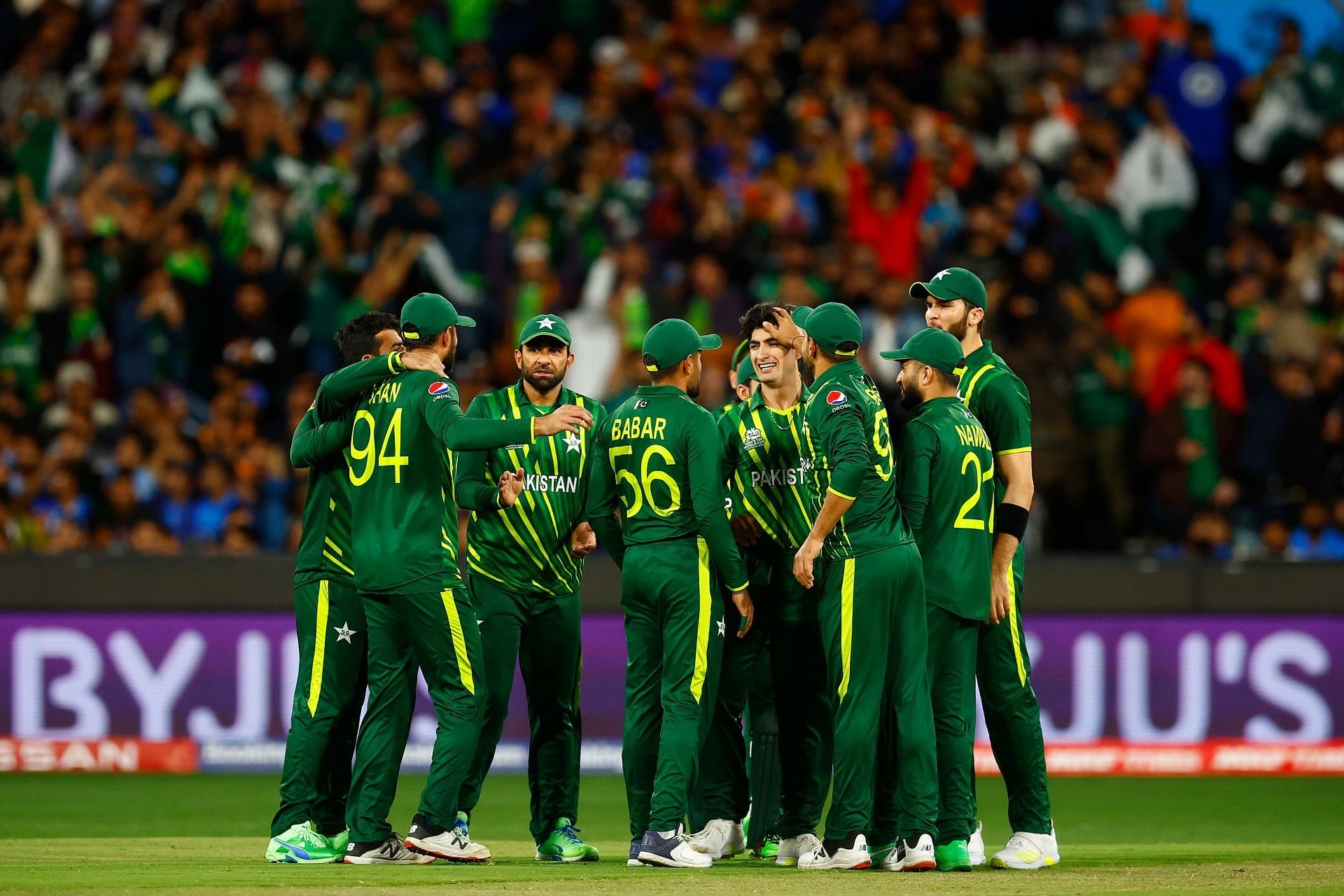 Cricket and More
Cricket and More
Pakistanis have a great love for sports, and cricket holds a special place in their hearts. While cricket was initially introduced by the British, it has become a national passion, and Pakistan has produced one of the world’s best cricket teams. In addition to cricket, sports like hockey, squash, and badminton are also widely enjoyed and appreciated. Northern Pakistan, in particular, has a deep connection with polo, featuring one of the highest polo grounds in the world. Sports play a significant role in bringing people together, fostering unity, and igniting excitement throughout the country.
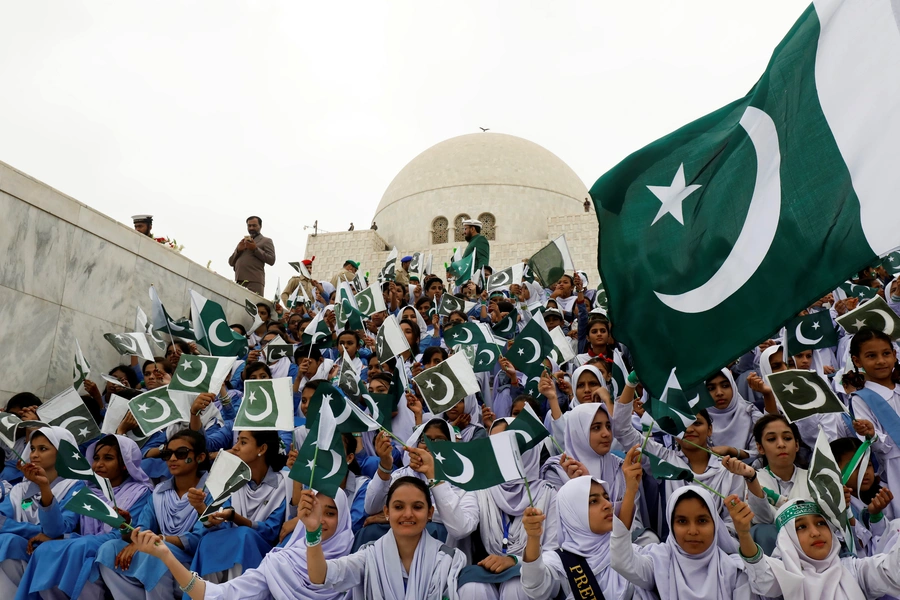 The Unbroken Spirit of Pakistan
The Unbroken Spirit of Pakistan
Pakistanis are known for their resilience and strong work ethic. Despite facing challenges such as widespread poverty, high illiteracy rates, and the impact of terrorist attacks and misgovernance, the spirit of the Pakistani nation remains unbroken. They continue to hold onto hope and actively strive for a brighter future. With sincere political efforts and deserving leadership, the people of Pakistan have the potential to achieve remarkable heights and make significant progress towards their aspirations.
The Cultural Splendor of Pakistani Weddings
Pakistani weddings are known for their grandeur and cultural richness. Attending a single wedding in Pakistan allows you to experience a myriad of local traditions and customs. These weddings are a vibrant display of colors, with beautifully embroidered fabrics such as silk and chiffon. The festivities are accompanied by mouthwatering food, elaborately decorated stages, and lively music and dance. Pakistani weddings are taken seriously, with preparations beginning months in advance, as the celebrations typically span three to six days. The festivities commence with a henna application day, followed by a night filled with music and traditional rituals to bless the couple. Additionally, there are two days of dinner parties hosted by the bride and groom’s respective families. Pakistani weddings are a joyous and memorable affair, reflecting the cultural significance and deep-rooted traditions of the country.




